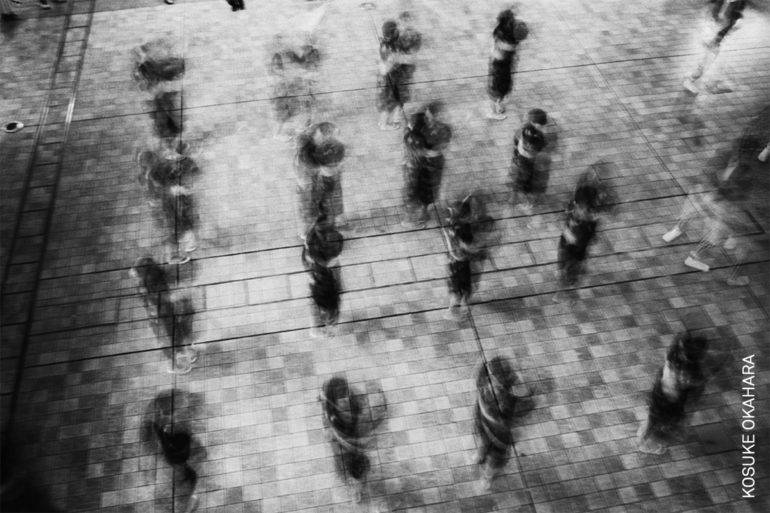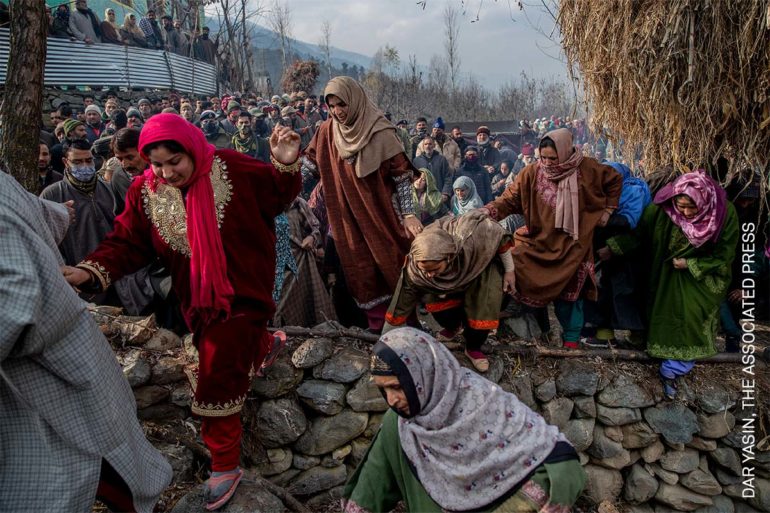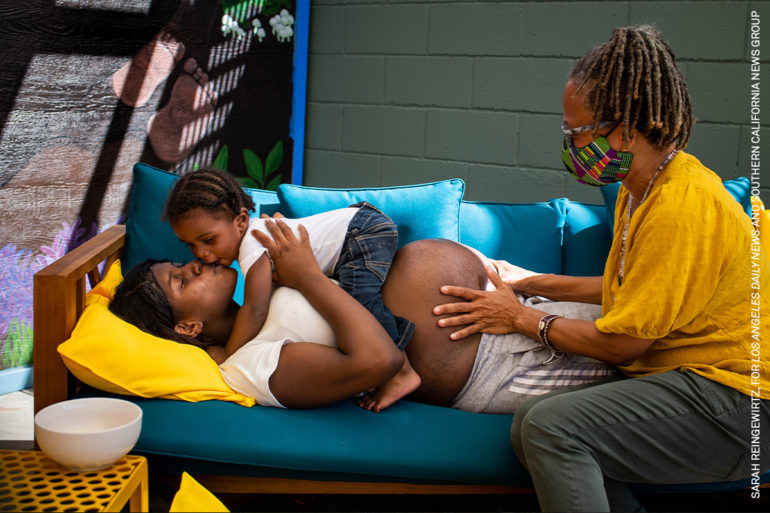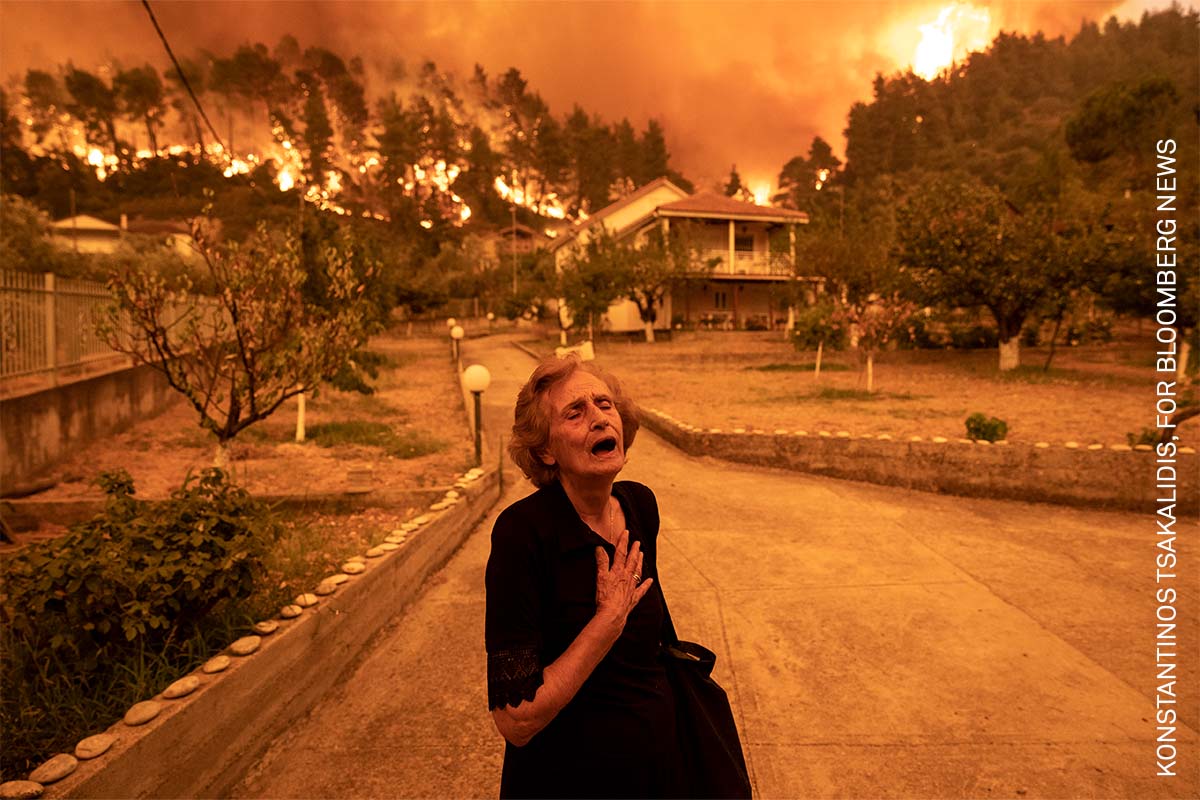World Press Photo has announced its regional winners, and as always, the standard of photography is high. While many publications give a round-up of the winners, we’ll look at this from a different angle. Because, although we should celebrate the photographers and the work they create, there’s something else we should celebrate: diversity.
View this article with minimal banner ads in our app for iOS, iPad, and Android. Get no banner ads for $24.99/year.
Journalists are often guilty of calling out all that is wrong in the world. I’m certainly no stranger to highlighting the shortcomings in the photo industry. I don’t apologize for that; we need to hold organizations and institutions accountable for the greater good of the community. Back in 2020, I broke a story about plagiarism linked to World Press Photo. A couple of weeks later, I asked: Should Parachute Journalism Be Nominated for Photo Awards?
However, while we should call out the ills of the industry, we should also praise the good. World Press Photo has implemented a new approach to the award that is for the best for everyone in the photo industry.

What Did World Press Photo Do for Diversity?
Unlike previous years where the awards were a free for all, World Press Photo has divided its categories into regions this year. That guarantees the regional winners will highlight work from:
- Africa
- Asia
- Europe
- North and Central America
- South America
- Southeast Asia and Oceania
World Press Photo explained the regions in a recent press release:
“Diversity: Having six regions allows us to present a greater range of stories and therefore holds the opportunity for more global representation amongst the entrants and winners.
Geographic: This model is closest to the division of continents in the world. It is based on the classification of countries and regions according to the UN M49 standard.
Tried and tested: This division has already been used in the 6×6 Global Talent Program, Joop Swart Masterclass and the jury selection, and worked well in those contexts.”

The Contest Director, Anna Lena Mehr, wrote this on the matter:
“The imbalance in representation among entrants, stories and winners in our contest is something we–and I, as Contest director–have been concerned about for a while now. In 2021, only 7% of entrants came from South America, 5% from Southeast Asia and Oceania, and 3% from Africa. This is in no way representative of all the incredible talent in photojournalism across the world.
We needed to look at the contest from a different angle–to change the format of how it is set up, and how it is judged, in order to improve representation from regions that have been historically underrepresented in our contests. The contest model should provide a platform where a multiplicity of voices can be heard–and stories can be seen–so that we can become an organization that reflects the world.”

Has the World Press Photo Strategy Worked?
Regional representation is important. But what is more important is that the work is from photographers living or originating from the regions they photograph. There’s no point sharing photography from South America if it was made by a photographer from Germany, for example. That’s been one of the major issues in the photo industry. Western photographers fly into areas they’re not from, create the work, and reap the awards, taking the spotlight from local photojournalists.

On reviewing the winners, almost all photographers had a connection with the region. That’s excellent news. One or two photographers were from outside the areas, but it’s a vast improvement on the percentage of representation quoted by Mehr.
Final Thought
The biggest point of all of this is how easy it was to find a solution. For decades (likely longer), representation has been an ongoing issue for the photo industry. And what’s evident is that the solution was there all along. A simple shift in how the work is categorized ensures photographers worldwide can have their time to shine.
We commend World Press Photo for its efforts, and we trust other photo organizations can implement a similar model. A world free of debate about representation ensures everyone is seen, and it allows all of us to enjoy and appreciate what’s important – photography.
Lead photo by Konstantinos Tsakalidis. All images used with permission.


